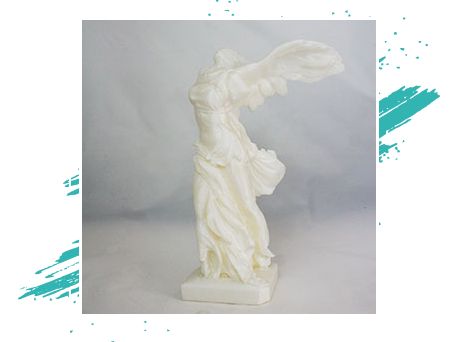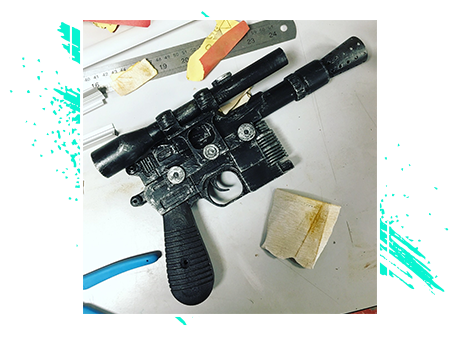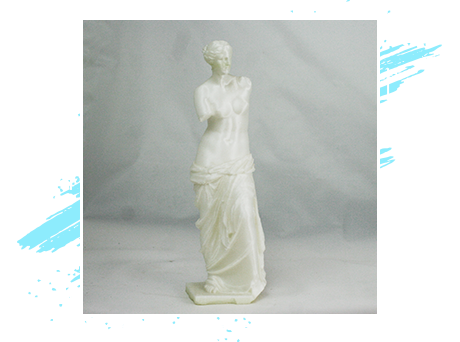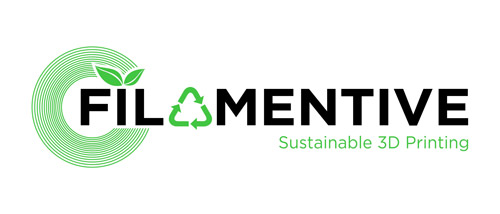3D Printing Service
We use the Fused Deposition Modeling (FDM) process, which is currently the most common type of 3D printing. We can accept OBJ and STL file types for 3D printing. Most modelling software has the ability to export in one of these formats.
If you need advice with this, please get in touch.
Pricing
We use a flat rate of £4.50/hour for our 3D printing service.
How long will my print take?
The size of your model, infill density and layer height will affect how long the print will take. Bigger layer heights reduce the resolution of your print and may require more time sanding and priming later. But bigger layer heights will reduce the printing time. In a similar way, dense infill takes longer to print but makes your model stronger.
We can give an estimated time once we have your design files; most designs are printed between 9 and 24 hours. Tell us your requirements for price and turnaround and we can help make the print suit your budget.
£4.50/hr
Flat rate of £4.50 per hour for a PLA print.
Layer Height
Thicker layers will create ridges on your model that can be sanded later. 0.12mm is considered a high resolution, 0.2mm is considered low resolution
Post Processing
We can provide priming and sanding to any of your prints to bring them to a desired surface finish at a cost of £12/hr
3D Printing Design Considerations
If you’re already creating computer models for visual representation, you’re not far from being 3D print ready. It’s likely that the software you are using can export for 3D printing, with a few tweaks. We are happy to advise you on any questions you have.
Orientation
If your model has overhangs (surfaces of the model with nothing between it and the floor) it will need support material. Support material is a temporary structure, like scaffolding, that can be removed once the print is finished. The support structure will always leave a mark on the surface it was attached to, but this can be sanded smooth.
Size
Our 3D printer has a bed size of 300 x 300 x 400mm. This is big enough for a helmet! Your design should fit within this volume or be divided into multiple parts. Parts can be designed to fit into each other with dovetail joints or glued together using 2 part epoxy.
Are You Ready To Print Your Design?
Pros and Cons of 3D Printing
Pros
- Can acheive complex geometry
- Large resource of free models online
- If you design through computer modelling there is little processing needed to get a print-ready file
- Infill structures make prints very light but stong
Cons
- Post-processing usually required to get a prop screen-ready
- Melting temperature of PLA is relatively low. Consider if the prop will be in a hot environment
- Long print times are not economical for large quantities. Consider moulding and casting from a print instead – we can help you with this
3D Printed Models
Many free and open sourced models can be found online from sites like Thingiverse or MyMiniFactory. Some museums even upload scans of their statues! Always be sure to check the licensing before committing a model to a project.
These examples were found online and printed at KitBash.




We use eco plastic
We know the world doesn’t need any more unnecessary plastic added to it. To try and keep our waste and emissions footprint as low as possible we use Filamentive’s 3D printer filament. It’s a UK based company that makes recycled PLA.
PLA is actually a plant-based plastic, not a petroleum based one. It stands for Polylactic Acid and is biodegradable under specific conditions. This is not a silver-bullet to the plastic waste problem but it’s a good place for us to start. We will continue to search for ways to be environmentally responsible with the materials that we use.
